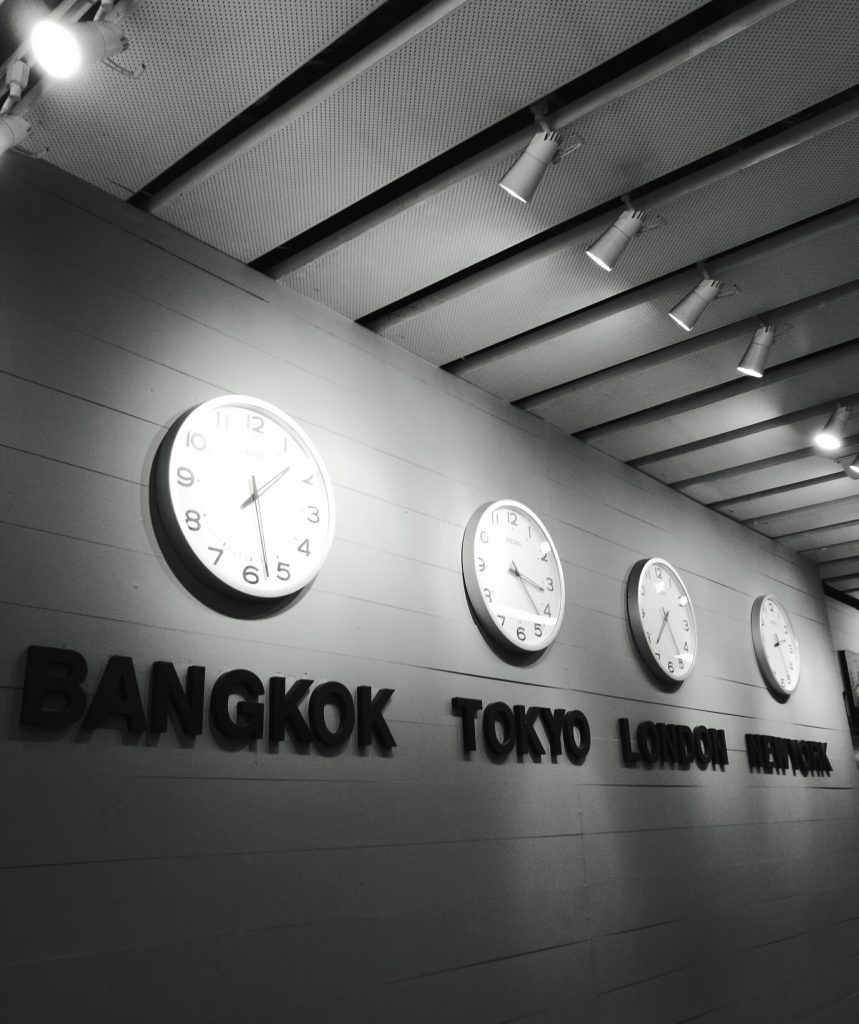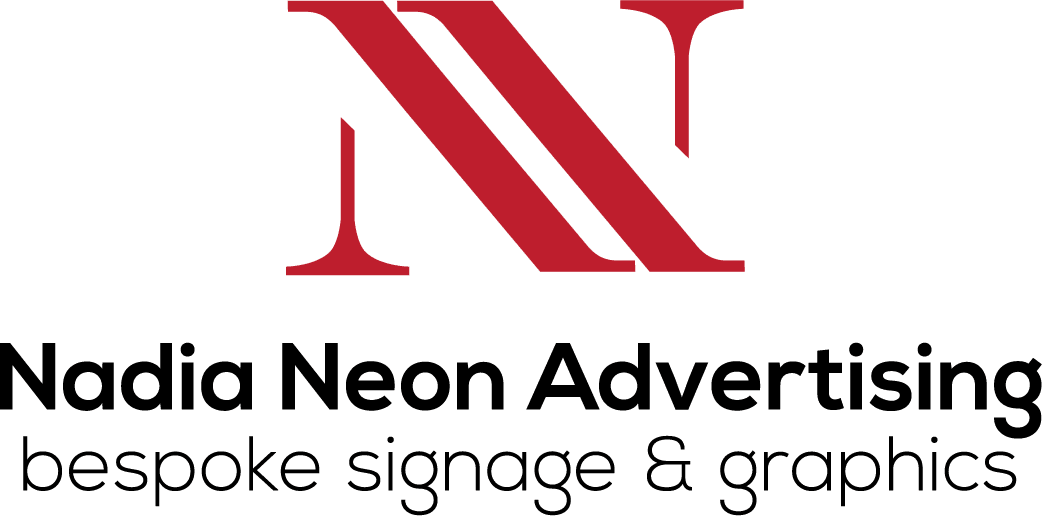

Nadia Neon Advertising – Best Signage Company in UAE
What is 3D Signage?
3D signage refers to signs that have three-dimensional elements, giving them a raised, sculptural appearance. These signs can be made from a variety of materials, including metal, acrylic, wood, foam, and LED lighting components. The three-dimensional aspect not only makes the sign more noticeable but also creates a sense of sophistication and professionalism.
Benefits of 3D Signage
- Enhanced Visibility: The most significant advantage of 3D signage is its visibility. The raised design ensures that the sign stands out, making it easier for passersby to notice the brand from a distance. This is particularly beneficial in high-traffic areas where businesses compete for attention.
- Brand Recognition: A well-designed 3D sign reinforces brand identity. The unique and striking appearance of 3D letters or logos creates a lasting impression on customers, contributing to stronger brand recall.
- Durability: 3D signs are typically crafted from high-quality materials that withstand harsh weather conditions, making them suitable for both indoor and outdoor use. This durability ensures a longer lifespan, providing excellent value for investment.
- Lighting Integration: Many 3D signs incorporate LED lighting, making them visible even in low-light conditions. This adds an extra layer of attractiveness and ensures that the signage remains effective 24/7.
Applications of 3D Signage
- Retail Stores: In retail environments, eye-catching 3D signs can drive foot traffic by drawing attention to the storefront. Window displays and interior 3D signage also enhance the overall shopping experience.
- Corporate Offices: Businesses use 3D signage in their offices to project professionalism and establish a strong brand presence. This can include reception area logos, directional signs, and inspirational quotes displayed in conference rooms.
- Trade Shows and Events: 3D signs are popular at trade shows and corporate events due to their ability to attract visitors to booths and displays. A dynamic 3D logo or message can set a company apart from competitors.
- Restaurants and Hospitality: 3D signs are often used by restaurants, cafes, and hotels to create an inviting ambiance. Lit-up 3D letters add elegance and charm to exteriors and interiors.
- Healthcare and Education: Hospitals, clinics, schools, and universities use 3D signage to create a welcoming and professional atmosphere. Directional signs and facility markers in 3D improve navigation and enhance the overall environment.
How to Design Effective 3D Signage
- Understand the Brand: The design should reflect the brand’s core values and aesthetics. Whether it’s a playful and colorful design or a sleek, minimalistic look, the sign should resonate with the target audience.
- Choose the Right Materials: The choice of materials can impact the overall look and durability of the sign. Metal and acrylic are popular for their sleek finish, while wood and foam add a rustic or artistic touch.
- Incorporate Lighting: Adding LED lights to 3D signs enhances their appeal and ensures visibility at night or in dim environments. Consider halo lighting, front-lit, or backlit options depending on the desired effect.
- Strategic Placement: The location of the sign plays a crucial role in its effectiveness. Position the sign where it is most likely to catch the attention of the target audience, such as entrances, building facades, or busy intersections.
The Future of 3D Signage
As technology continues to evolve, 3D signage is expected to become even more innovative. Augmented reality (AR) and interactive elements are being integrated into signage, offering dynamic experiences.
In conclusion, 3D signage is more than just a decorative element; it is a powerful branding tool that enhances visibility, reinforces brand identity, and creates memorable customer experiences. Businesses that invest in 3D signage can expect not only increased foot traffic but also a stronger market presence.
